Andon is an expression of Japanese origin that means “paper lamp” and that is related to visual control. It is considered an element of the Lean Manufacturing philosophy, which groups together a set of practical communication measures used with the purpose of capturing, in an evident and simple way, the state of some productive system. It is a light signal that notifies any problem that arises within the quality control or production flows. The objective is to warn of any inconvenience that may appear from the moment it manifests itself. Once the system gives the alarm signal, those responsible can correct the error immediately and, by introducing the necessary measures, prevent it from recurring.
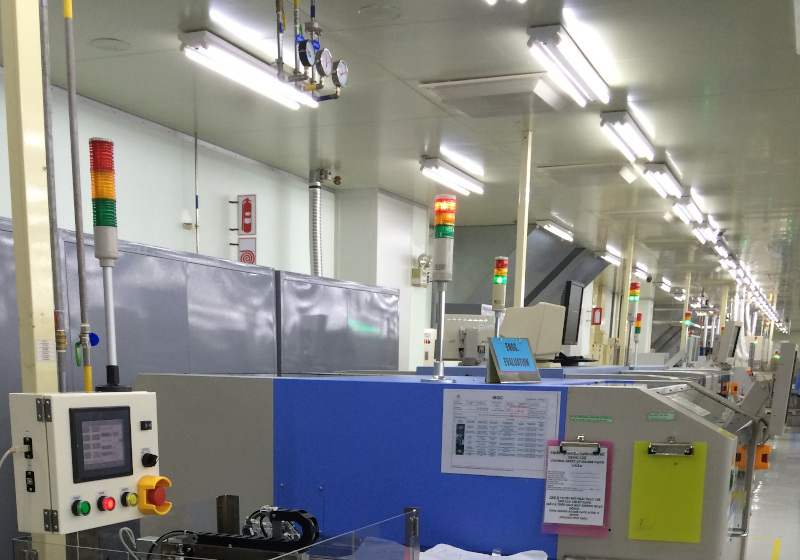
Visual management is a work strategy that consists of applying different techniques and tools based on graphics and colors in the processes, so that people can more quickly understand the meaning or state of the information that they you want to transmit. Humans understand information through our different senses, with vision having the highest perception with 83%, followed by hearing with 11%, smell with 4% and 2% for touch and taste. Visual management has the fundamental objective of simplifying communication, separating what is important from what is not, that is, the focuses that require more attention from the rest.
Knowing the status of a process is the essential part of most monitoring and control system applications. The fact that the process can be visually controlled adds great advantages for both operators and supervisors, and can be used to immediately implement corrective measures for failures, to apply process improvements, or to schedule preventive maintenance.
Traditional process display systems used to be a steady or flashing light that was triggered when an event occurred, working only discretely, on / off. The LED technology developed by the prestigious Japanese manufacturer PATLITE allows to visualize processes continuously, opening a range of possibilities for visual control and monitoring without precedent.
Let’s see some examples:
Checking the lubrication oil level of a machine tool.
To check the lubricating oil level in a machine tool that has an underground tank, there is the option for the operator to open the hatch and visually check the level. Another option would be to install a level sensor that indicates low level and turns on a light signal. The best proposal would be to install a level sensor with radar technology that sends an analog signal of the lubricant level to a beacon like the PATLITE LA6 and thus obtain a clear and intuitive display of the actual level. The number of illuminated segments and their color is customizable through the free PATLITE software. As the beacon is visible from afar, it is possible to check several machines at the same time, and to prioritize the filling of the tanks. Together with a PLC or an eComo Monitoring system, other important measurements such as oil quality can be integrated using a turbidity or oil temperature sensor, which can also be viewed through PATLITE colored beacons.
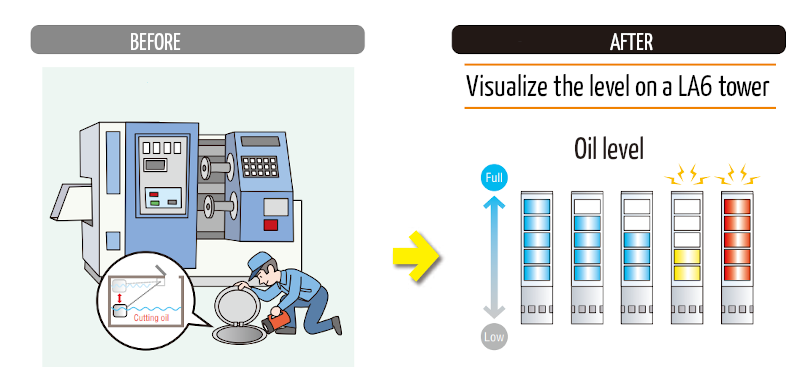
Liquid or solid level in a tank
Another typical application example is the measurement of liquid or solid levels to large silos, reservoirs and tanks. Using a LA6 beacon connected to the outputs of a level relay and placing it in a high place and without obstacles we will be able to observe the level of the tank (or several tanks) at a single glance. Once again we can add sensors that provide more information such as temperature or humidity, and also represent them visually for the best on-site control of the process.
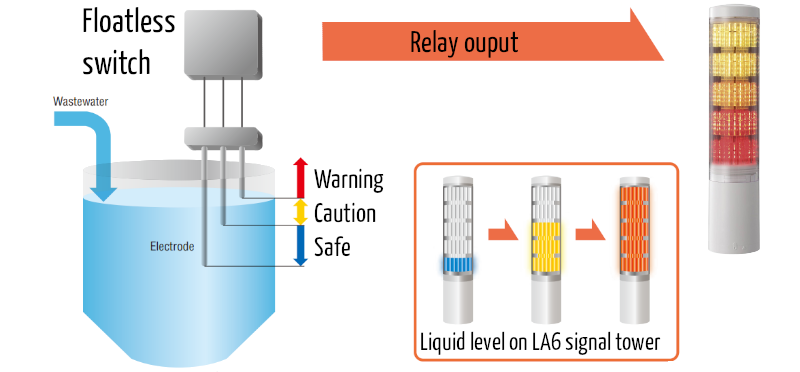
In both cases, an acoustic signal could be added to indicate the alarm situation.
What is not measured cannot be controlled. At Nihon Kasetsu we offer a wide range of LED lighting and signaling solutions that, together with our sensors and Monitoring Systems, provide the ideal solution to increase the safety and productivity of all types of industrial, construction or mining projects.
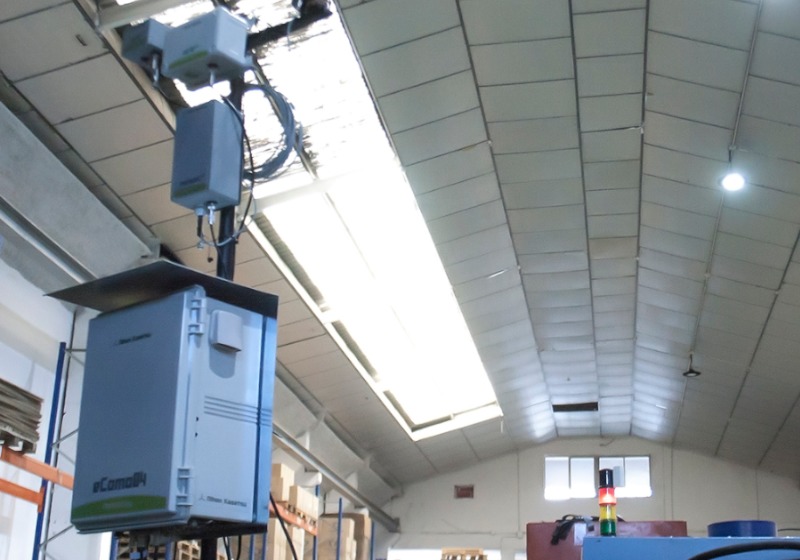

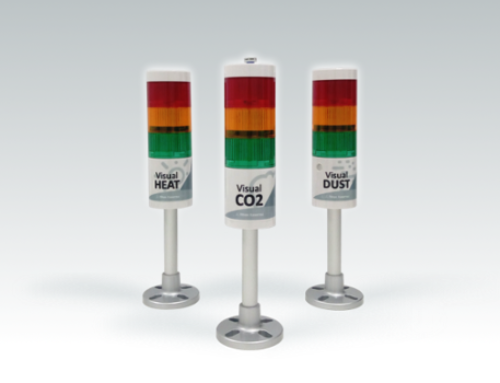
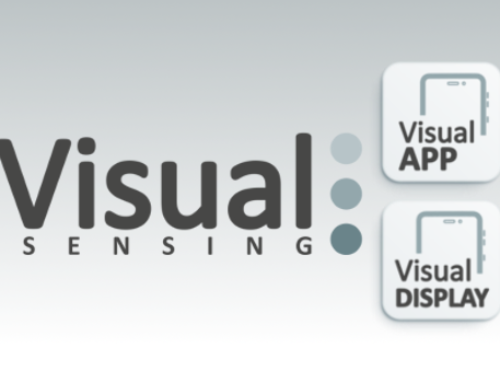
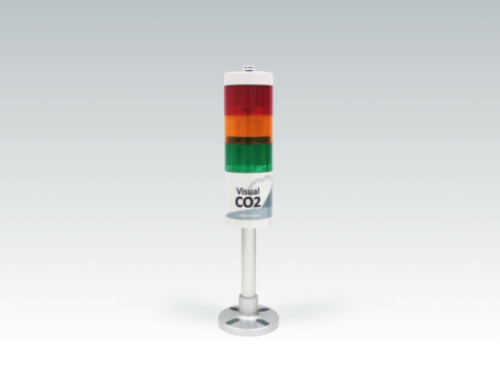
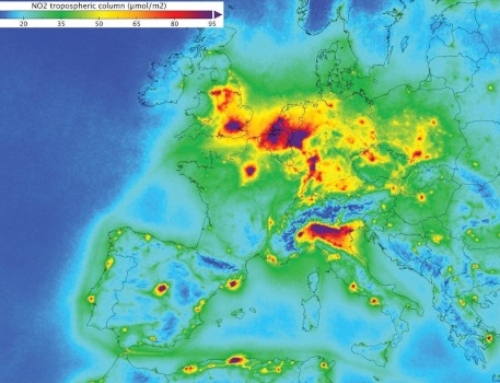
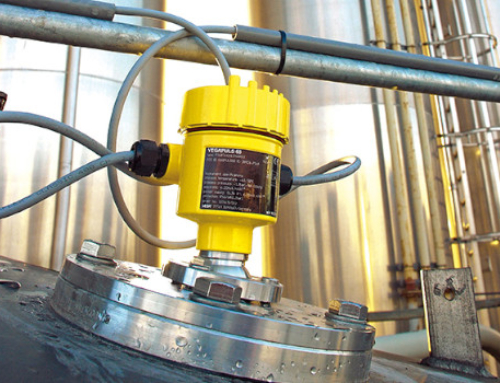
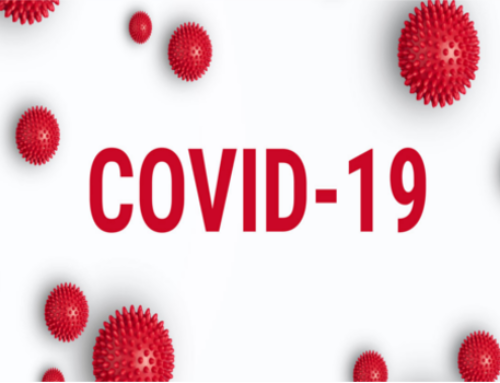
Leave A Comment